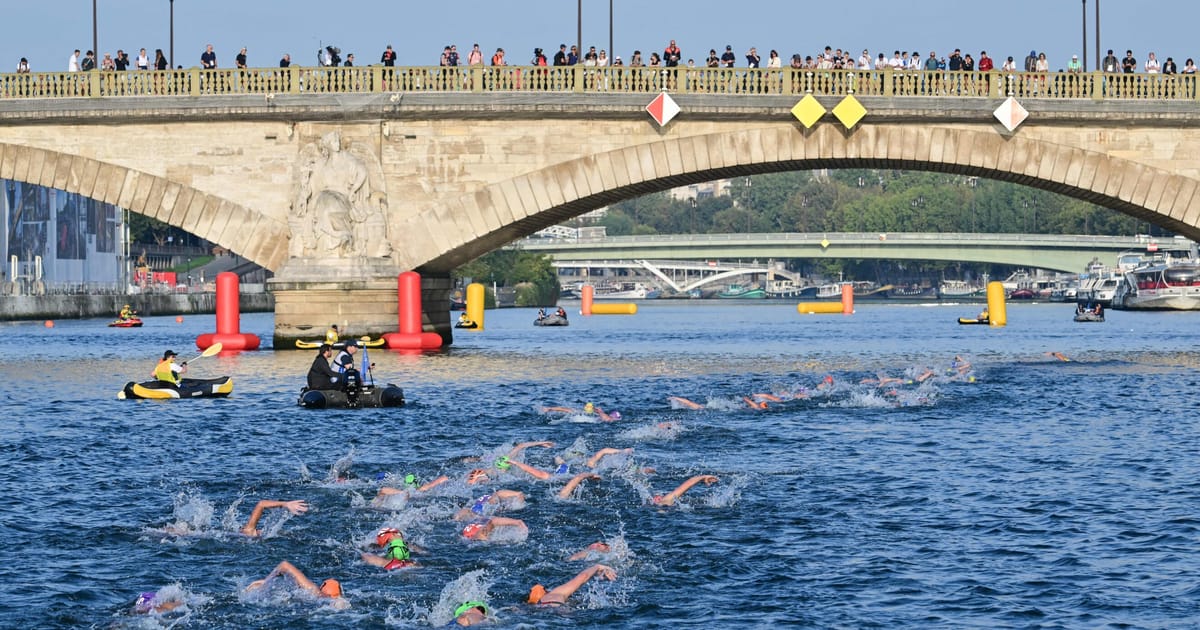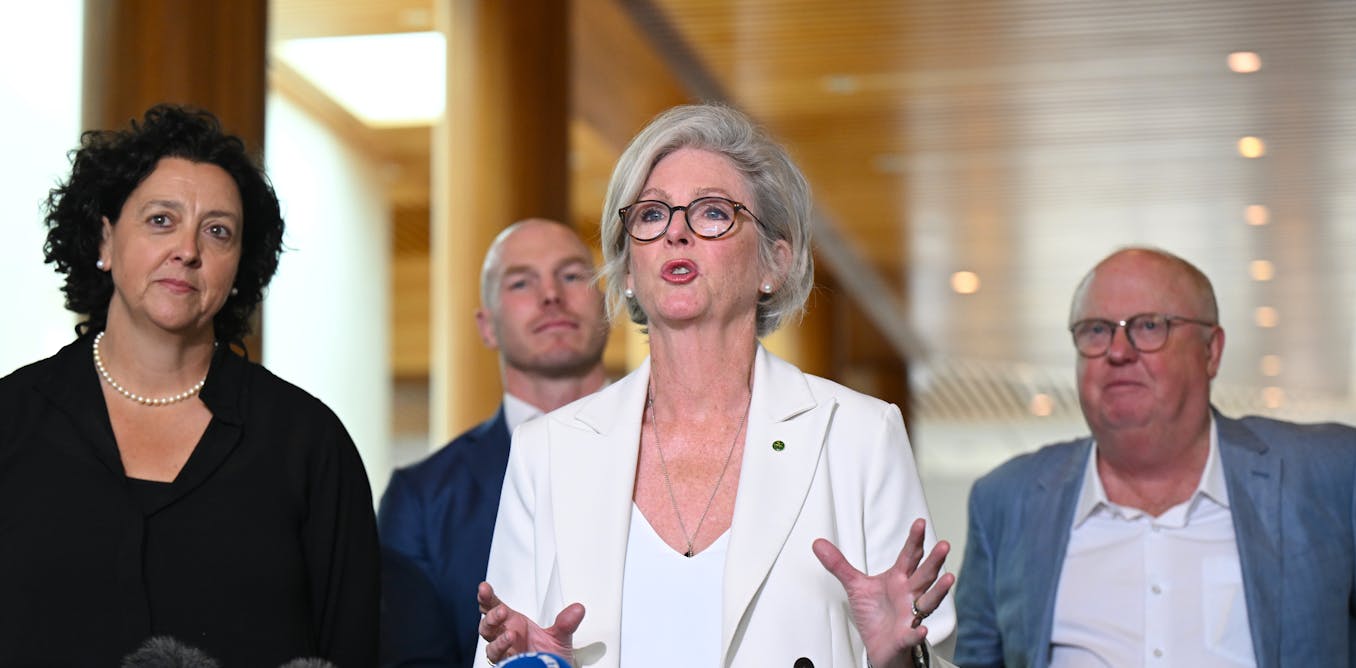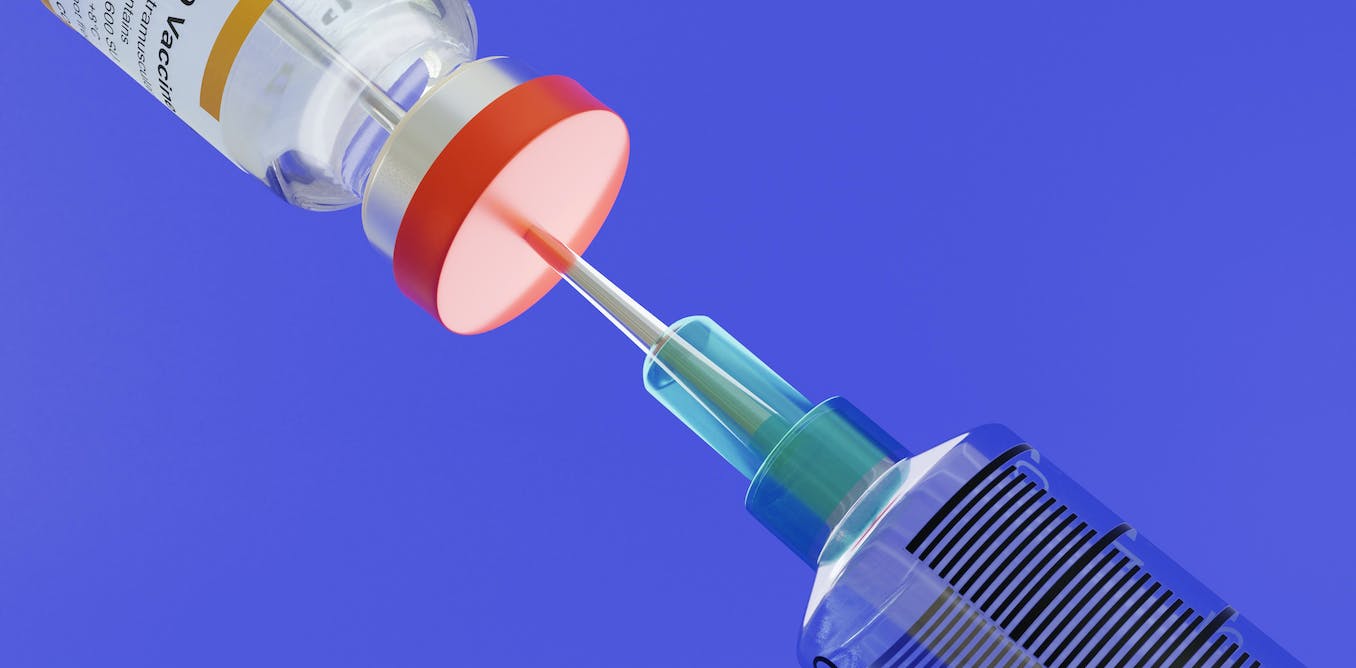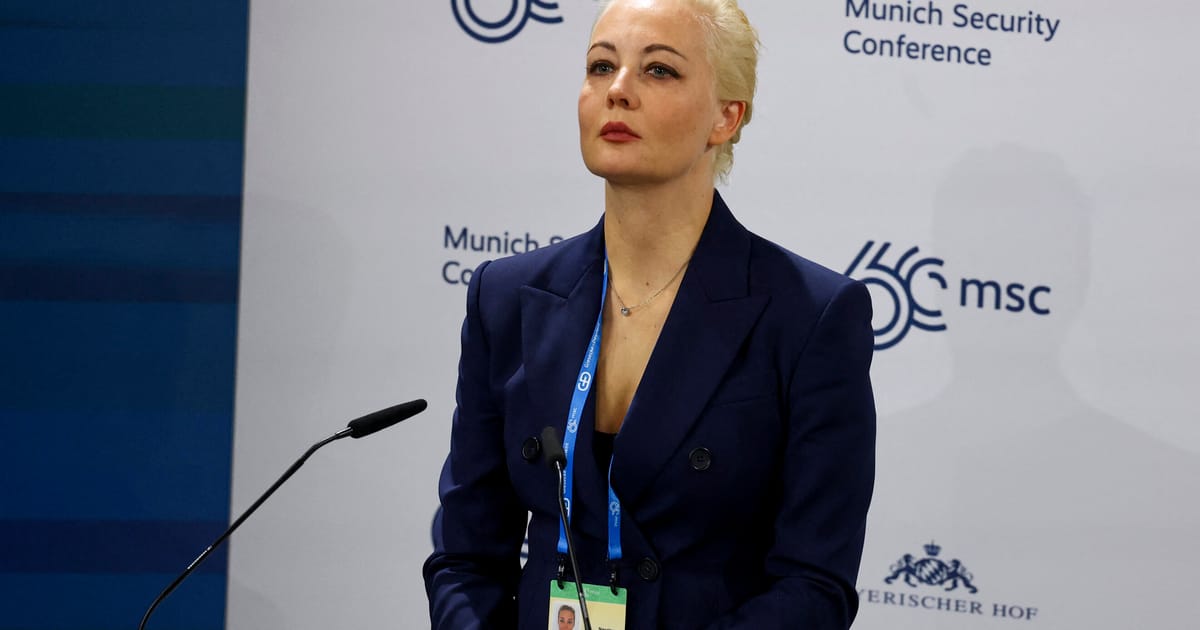PARIS — The cleanliness of the Seine river is casting a shadow over a successful Paris Olympics.
Data from water utility Eau de Paris obtained by POLITICO on Friday showed that the water quality was not safe to swim on most days during the Olympics and was of questionable quality on Monday, the day of the mixed relay triathlon. The data did not indicate that it was unsafe to swim on the days the men and women triathlon races were held.
While the high levels of bacteria led to several practices being canceled and the men’s triathlon being postponed once, the Paris 2024 organizing committee continued to declare that the water was safe to swim in during each event which took place in the Seine.
Those conclusions were called into question after a report by French investigative outlet Mediapart claimed that test results showed the river’s water quality was below safety norms during the mixed relay triathlon race.
The river’s cleanup, which cost €1.4 billion, was a major part of Paris’ pitch to host the Games. But the project has been mired in controversy, given it’s high cost and questions over its efficacy. Some athletes have also complained about how the uncertainty surrounding water quality affected their preparation.
“They didn’t think about the athletes at all,” Spanish triathlete Miriam Casillas, who took part in both the mixed relay and women’s triathlon, told Spanish sports daily MARCA. “They thought more about the scenery, the image, to make it look nice and marketable with the Seine.”
How the tests were conducted
Eau de Paris’ data shows that pollution levels in the river exceeded regulatory standards on most days between July 26, the start date of the Olympics, and Wednesday. Eau de Paris did not release data for Thursday and Friday, when the men’s and women’s 10 kilometer swims were held.
Eight tests were conducted daily during the aforementioned time period at four different locations. Some test points were directly located on the race routes and others at nearby locations along the river.
The daily tests measure the presence of two types of bacteria, E. coli, a hazardous bacteria that can lead to illnesses like intestinal infections and conjunctivitis, and Enterococci, which indicate the presence of fecal matter in water and thus reflect a risk of contracting disease-causing bacteria.
Eau de Paris’ data showed that high levels of E. coli bacteria were detected in the river at least once during every day of the first week of the Olympics, between July 26 and Sunday, with two exceptions: July 30 and July 31, the day of the men’s and women’s triathlon.
On the day of the race, the tests identified bacteria levels within the safety standards set by World Triathlon, which indicate that colony-forming units (CFU) of E. coli per 100 milliliters of water should not exceed 1,000 and Enterococci levels should be below 400 CFU/100ml. According to World Triathlon standards, the Seine river was of “very good” quality — with Enterococci levels below 200 and E. coli levels below 500 — during seven of the eight tests throughout the morning and of “good” quality during one test (with Enterococci concentration below 400 and an E. coli below 1,000).
E. coli levels were also below the maximum safety threshold on Monday, when the team triathlon relay was held. However, an Enterococci concentration of 436 CFU/100mL, above the safety standard, was detected at one test point at 5:45 a.m., a little more than two hours before the race.
During a press conference the day after the event, Paris 2024 spokesperson Anne Descamps underlined that the race had been allowed to go forward as this specific test had been made outside the race course.
“The only point in which the Enterococci levels were slightly above our limits was outside and downstream of the swim course of the Mixed Relay,” World Triathlon, who was responsible for deciding if the race should go forward, told POLITICO in a statement.
The test point where the excess of Enterococci bacteria was detected was located at the port du Gros Caillou, about 200 meters away from the race course, which spanned roughly between the Pont Alexandre III and the Pont des Invalides.
A training session for the marathon swimming event was canceled on Tuesday due to an over-concentration of Enterococci bacteria at a single test point. A training session took place the following day, with “good” and “very good” water quality levels registered.
Data has not been made available for Thursday and `Friday, when the women’s and men’s marathon swimming races were held. French Sports Minister Amélie Oudéa-Castéra insisted that these events had gone forward with adequate water quality in posts on X following the two races.
Fluidion, a company monitoring pollution levels in the Seine, has published its own analysis of the water quality. It confirmed that the E. coli counts were within safety standards for the triathlon events.
However, the comprehensive count of E. coli — a new metric that measures the actual number of bacteria in the water, whereas the other test only counts bundles of bacteria — was above the 1,000 E. coli/100mL threshold on both race days. Fluidion said the water quality those days was “marginally acceptable.”
Eau de Paris’ measurements and World Triathlon standards do not incorporate Fluidion’s comprehensive count.




